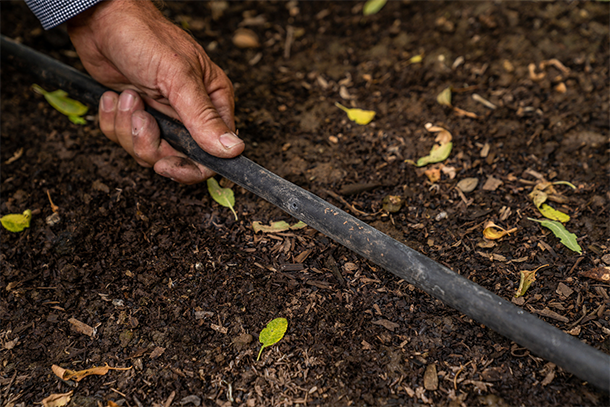It’s no question that the cost of growing almonds has increased. Growers are feeling the pinch of rising input costs for expenses like fertilizer, fuel, water and crop protection. It’s more than a feeling — the numbers back it up.
“According to DTN.com, which tracks U.S. fertilizer prices, nitrogen prices are up 80%, phosphorus prices are up 65% and potash prices are up 100% compared to last year,” reported Robert Mikkelsen, Director of Agronomic Services at Yara International. Mikkelsen explained that the increasing cost of fertilizer is due to a combination of factors, including high energy prices, the disruption of shipments from Russia and Ukraine, and rising commodity crop prices that incentivize farmers to apply more fertilizer to increase yield. “All of these factors have caused a spike in fertilizer prices that no one anticipated,” said Mikkelsen.

